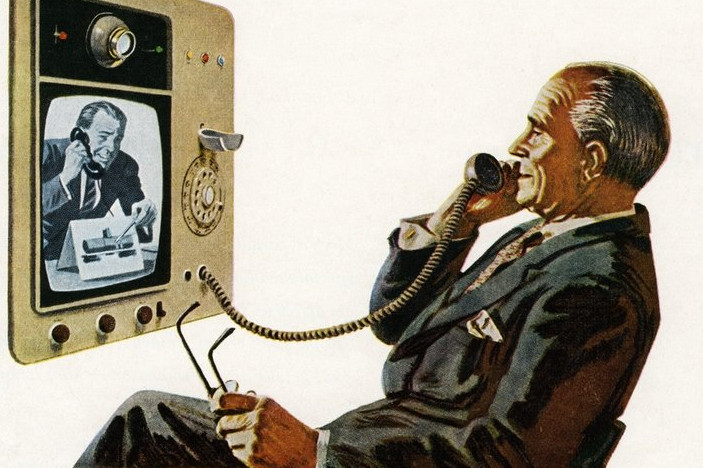
As such, the number of manufacturers who make and sell these telepresence robots has ballooned in the past few years, and now there are dozens of different makes and models to choose from. But who makes the best telepresence robots? Keep reading to find out!
PadBot P1 $1,297

The first on our list is the PadBot P1 — which also happens to be the cheapest. With a built-in screen, 720p camera, and speakers; the P1 has all the features you need in a telepresence machine. The robot can be controlled over WiFi via a smartphone or tablet, but can also be equipped with a 4G card for hassle free roaming through locations where WiFi might be unavailable or slow.
Thanks to extra features like a downward facing camera for better control, Auto-Answer (remote activation), and automatic docking, using the PadBot P1 is a breeze. And don’t worry about constant trips back to the charging dock, either. With this bot’s 10-hour battery life, you should have all the time you need to check up on the office or your family at home.
VGo $3,995 -4,995

VGo offers two main models: the E-1000 and V-1000. Marketed heavily to medical facilities, the both machines feature a camera with tilt and zoom abilities, as well as bright LEDs for lighting up otherwise hard-to-see areas. The E-1000 and V-1000 also boast the ability to link up with modern medical hardware to pipe back a patient’s metrics to the doctor behind the screen.
Featuring Auto-Answer, and automatic docking on the V-1000, as well as an impressive 12-hour battery life, VGo telepresence bots can be activated on the fly for even those tediously long checkups. They also come with built-in WiFi and 4G compatibility as well, you’re sure to stay connected as you roll around the office or hospital — even in the dark of night.
Ohmni $1,899

Affordable and easy to use, the Ohmni is ready to roll almost immediately after it comes out of the box. With it’s 10.8″ screen and booming speaker, the bot definitely won’t have a problem bringing your presence to the room. Plus, with a stylish design, custom covers, and customize-able LED’s, the Ohmni may be the best looking telepresence robot on the market.
It’s also quite easy to control. the Ohmni can be piloted from any computer or Android device capable of running with Google’s Chrome browser, and is controlled with simple arrow key inputs. With dual cameras (one forward, and one down), the device also provides plenty of spacial awareness, so you’ll have no problem getting around. It also features built-in WiFi, 4G, and surprisingly, Bluetooth connectivity.
Beam $1,995-3,995

The Beam has been a mainstay in the Telepresence market for a bit now, and for good reason. With multiple models and options to choose from, the Beam can satisfy all of your out-of-office communication needs. Featuring a four-microphone array for maximum office banter pickup, and a 2.2 inch speaker to banter back with; you will hear and be heard across the office. The 2x enhanced digital zoom will give you the peeping power you need to know exactly who said your new tie looked dumb last week, and the 10-inch edge lit LCD screen will help convey show everyone how nice this week’s tie is comparatively.
Operable on almost any platform you can think of (sorry Linux, not you), you can control the Beam from any PC, Mac, Android, or iOS phone. The Beam is also one of the more rugged of the bunch, and is able to clear “bumps” up to 0.75 inches high. However, due to the bot’s annual service fee, this might not be the best choice for the home user — but the high-performance tech specs make it ideal for businesses with employees that need to collaborate from afar.



